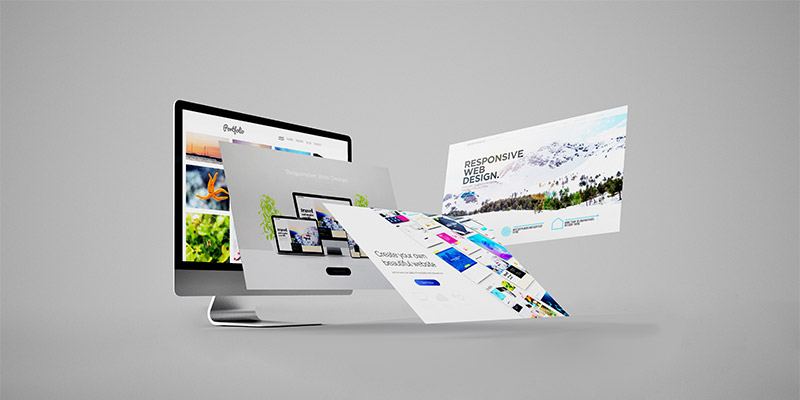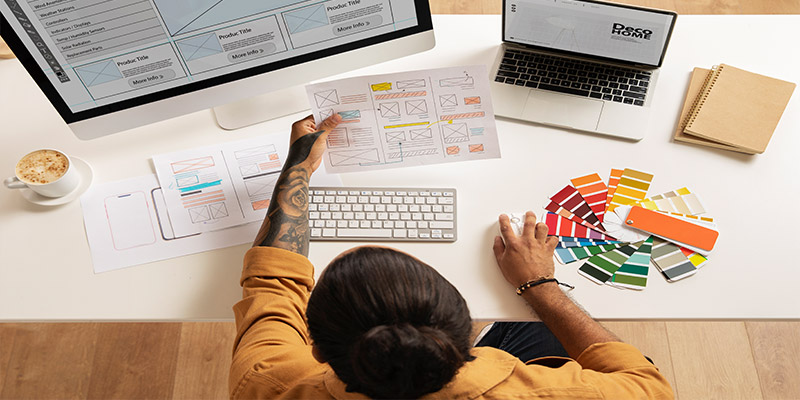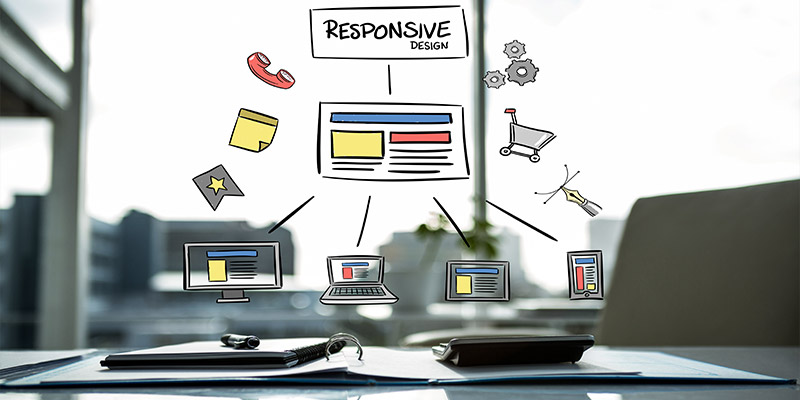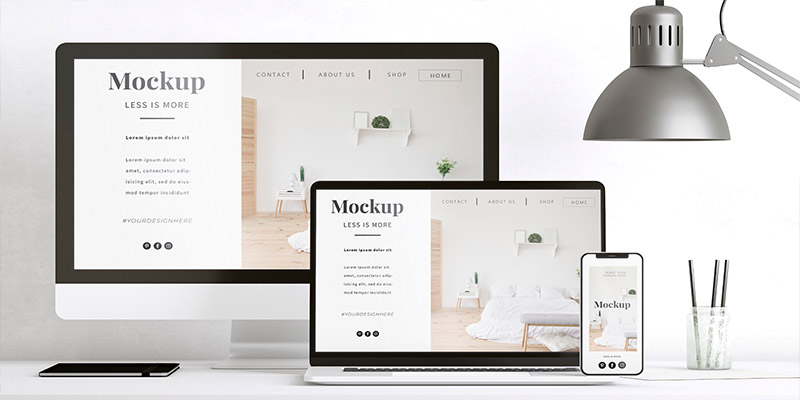AN INSIGHT INTO THE IMPORTANCE OF UI/UX DESIGNING

Introduction:
For every company, proficient UI/UX designing has become vital in creating a successful website. A well-designed website enhances the user experience and significantly impacts the website's search engine ranking. In this article, we will briefly delve into the complexities of UI/UX designing and explain why it is essential for every website owner to focus on it.
Why does UI/UX Design Matter?
Good UI/UX design enhances user satisfaction by improving the accessibility, usability, and overall experience that a website can deliver. The design of a website plays a crucial role in attracting and retaining users. A website with a user-friendly interface, easy navigation, and well-structured content is more likely to keep users engaged thereby leading to higher conversions.
A website's design also significantly impacts its search engine ranking. Google's algorithm considers factors such as bounce rate, time on site, click-through rate & other metrics to determine a website's ranking. As a Website Development Company we suggest a well-designed website that provides a positive user experience is more likely to have lower bounce rates, higher time on site, and better click-through rates, thus resulting in a higher search engine ranking.

Key Elements of UI/UX Design:
UI/UX design comprises various elements contributing to a website's user experience. Some of the key elements are
1. Visual Design: Visual design is a crucial aspect of website design that encompasses various elements, including the overall look and feel, color scheme, typography, images, and other visual elements. It creates a visually appealing and engaging website that aligns with your brand's values and effectively communicates your message to your target audience. A website's overall look and feel should be consistent with your brand's identity, colors, logo, and other brand elements. A consistent visual design helps build trust and recognition with your audience and reinforces your brand identity.
2. Navigation: Navigation is a critical aspect of website design that refers to lingering on the website, by a user. It is how users access different pages and content on the website, which can significantly impact user experience and engagement. A clear and concise menu structure is essential to creating effective website navigation. The menu should be easy to find, typically located in a prominent position, such as the header or sidebar, and make sure that the different sections or categories of content are accessible on the website easily.
3. Content Structure: Content structure is an essential aspect of website design that refers to how the content on a website is organized and presented. The goal is to make the content easy for users to read, understand, and navigate. One key aspect of content structure is the use of headings and subheadings. Headings and subheadings help break down the content into manageable sections, making it easier for users to scan and find the information they want. They also provide a clear hierarchy to the content, with main headings indicating the most important information and subheadings providing more detailed information on the specific topics.
4. User Feedback: User feedback is essential to user interface (UI) and user experience (UX) design. It is obtaining user responses about their experience of a website or an application. This feedback helps designers understand how users interact with the website or application and identify areas that can be improved.
Importance of UI/UX Design in Web Development:
UI (user interface) and UX (user experience) design are critical components of web development that enhance the functionality and aesthetics of a website. These design elements create an engaging and seamless user experience, increasing customer satisfaction and retention rates.
4 key benefits that you can reap through a good UI/UX design include:
UI Design: The First Impression:
When a user visits your website, they first notice the user interface. This interface encompasses the website's visual design, layout, and navigation. A well-designed UI is crucial as it creates the first impression of your brand in the user's mind.
An intuitive and visually appealing user interface can grab users' attention and encourage them to explore your website further. A well-organized layout and easy-to-use navigation can also help users find the information they need quickly and efficiently.
Investing in a high-quality UI design can create a positive first impression about your brand, leading to increased engagement and customer loyalty.

UX Design: The Key to User Satisfaction:
While UI design focuses on the look and feel of a website, UX design is concerned with the user's experience of using the website. UX design considers user behavior, goals, and site performance to create an optimal user experience.
A website with a great UX design is easy to use, provides clear and concise information, and meets the user's needs. This website will keep users engaged and satisfied, leading to higher customer retention rates and increased conversions.
Additionally, search engines like Google consider the user experience when ranking websites. A website with a positive user experience will likely rank higher than one with a poor user experience.

Enhanced Brand Reputation:
User Interface (UI) and User Experience (UX) also play an important role in enhancing brand reputation. UI refers to the design of the website interface, while UX is the user's experience while interacting with the website. A well-designed UI can improve the user's perception of the brand and create a positive first impression. It should be easy to navigate and visually appealing, with well-organized content that guides the user to the desired information. Consistent branding, color schemes, and typography can reinforce the brand image and identity.
Cost-Effective:
Investing in high-quality UI/UX design early on can be highly cost-effective for businesses, as it can help save time and money in the long run. While the initial investment in quality design may seem higher, it can help businesses avoid costly redesigns and updates in the future. By prioritizing UI/UX design from the start, businesses can create an intuitive, user-friendly, and aesthetically pleasing website.
UI/UX Design Best Practices:
To ensure that your website's UI/UX design is top-notch, here are some best practices to follow:
Keep it Simple:
A cluttered website can be overwhelming for users. It's essential to keep the design simple and easy to navigate.
Use White Space:
White space is the space between design elements. Using white space is essential to make your website's design more visually appealing and readable.
Ensure Responsiveness:
A responsive design ensures that the website looks and works well on all devices, including desktops, laptops, tablets, and mobile phones.

Use High-Quality Images:
Using high-quality images can make your website more visually appealing and engaging for users.
Conclusion:
In conclusion, UI/UX design is a critical aspect of website design that can significantly impact a website's user experience and search engine ranking. We as leading SEO agency suggest you to focusing on key elements such as visual design, navigation, content structure, and user feedback and following best practices such as keeping it simple, using white space, ensuring responsiveness, and using high-quality images, website owners can create a website that provides a positive user experience and achieves a higher search engine ranking.
